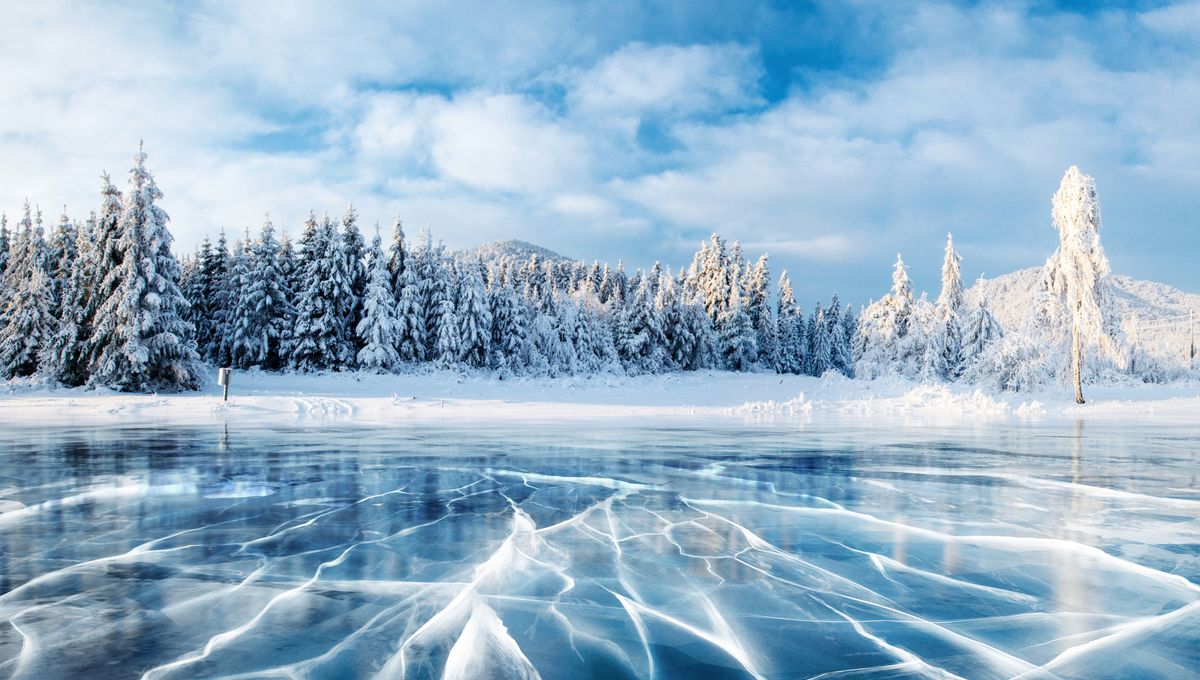Life in a lake can be quite challenging, especially during winter when ice covers the surface, restricting light and oxygen availability. Despite these obstacles, lake-dwelling organisms have developed innovative strategies to survive the harsh conditions.
Adaptations for Winter Survival
Metabolic Adjustments
In winter, fish experience a slowdown in metabolism due to the drop in the lake’s temperature. Being cold-blooded creatures, their metabolic rate decreases significantly. The layer of ice on the lake’s surface acts as insulation, creating a relatively warmer environment beneath it. This results in a dense layer of water below the ice, which sinks to the lake bottom. Fish gather in this warmer zone, conserving energy and minimizing movement. Some species like koi and gobies can bury themselves in sediments, entering a dormant state. During dormancy, their physiological functions slow down, requiring less food and oxygen.
Similar survival tactics are employed by various creatures outside the water, demonstrating nature’s resilience in adapting to winter conditions.
Natural Antifreeze Mechanisms
Insects inhabiting frozen lakes exhibit remarkable survival mechanisms in extreme cold. Certain insects possess cryoprotective substances in their cells, functioning as natural antifreeze agents. These specialized carbohydrates lower the freezing point of bodily fluids, preventing ice crystal formation that could be detrimental to cell integrity. Insects like dragonfly larvae and waterboatmen produce proteins that aid in regulating the freezing process, safeguarding their cells from damage caused by ice crystals.
The Importance of Freezing Lakes
The phenomenon of lakes freezing over plays a crucial role in a process known as “lake turnover.” This natural process involves the vertical mixing of lake water, redistributing oxygen levels from the surface to the depths. Lake turnover facilitates respiration and sustains the diverse organisms within the ecosystem. However, prolonged ice cover can disrupt this process, leading to oxygen depletion and endangering the lake’s inhabitants.
While some lakes remain unfrozen or experience minimal ice coverage, this deviation from the norm can impact the delicate balance of nutrient cycling and oxygen distribution essential for the survival of lake ecosystems.
In conclusion, the adaptations and survival strategies employed by lake-dwelling organisms during winter reflect nature’s ingenuity in overcoming challenging environmental conditions.
